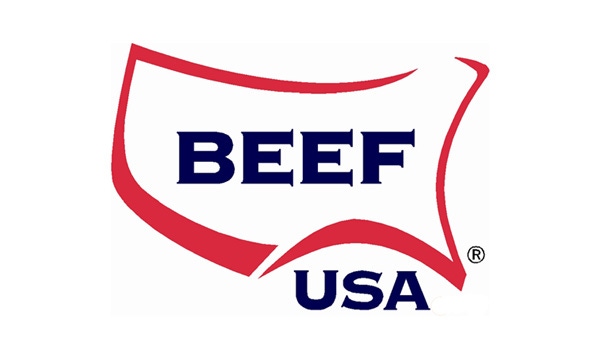July 2, 2015

This week it was announced that Forrest Roberts, the CEO of NCBA, will be leaving his post the end of the month. Like anyone who steps down unexpectedly from an executive position of a large organization, that news was met with a combination of sadness and optimism. Understandably, when leadership changes hands, there is a tendency to extoll the virtues and analyze the mistakes an organization may have made. I’m sure others will do a far better job of such introspection than I can.
Instead, I would argue that NCBA and the beef industry have a tremendous opportunity during this time of leadership change to make positive changes to the organization.
I’m certainly biased; I have long believed in the role and vision for NCBA and feel it plays a vital role to represent the interests of our industry in today’s increasingly political world. NCBA is our national organization, with a structure that allows the industry to speak with one voice. It experienced some pretty hefty challenges after the merger with the National Livestock and Meat Board, but the organization has the capability to both build beef demand and influence public policy relative to the industry.
The affiliated state groups do a tremendous job as well. The state-national structure is designed to allow policy to be made from a grassroots perspective. I would count the contributions made by the thousands of volunteer leaders in this industry as nothing less than historic. Equally impressive are the staffs at the national, state and local levels who have been quite successful in implementing the vision and advancing the agendas of their members.
With that said, NCBA, like the industry, has undergone some dramatic and fundamental changes to its structure, and this is the perfect time from an organizational standpoint to have a frank discussion of how it can best carry out its mission moving forward. That includes such things as how the staff is to be structured, what role do members want its staff to play in leadership and executing the policy and strategies given to it, and how the organization that represents the industry as a whole can better represent its members and achieve its goals in a sustainable fashion.
Grassroots involvement, organizational structure and overall strategy can all potentially be improved. Of course, the 800 pound gorilla in the room remains funding. Whether it be the policy or the checkoff side, the one thing that everyone involved in these organizations understand is that they are underfunded significantly, to the point that it affects the ability of the organizations to achieve their goals.
Not surprisingly, that is why the industry has been spending so much time looking at the revenue side of the equation. The industry must continue to charge ahead on these issues, as well as all the work they are doing on the policy, regulatory and demand sides of the equation.
Now is the time for the industry to have an in-depth discussion about how the organization should be structured to achieve its vision going forward. Now is the time to take a hard look at the structure and organization to make sure that not only do we give the new CEO a strategically viable mission, but to ensure that we hire the right individual to take the organization forward.
NCBA’s foundation was built on a vision that is more critical today than it has been at any point in the industry’s past. NCBA’s success has been created upon that foundation, along with the framework established by grassroots involvement and the strength of its voluntary leaders and staff.
NCBA’s sustainability is based on its ability to change and evolve to better accomplish its vision through its organization, structure, grassroots involvement, leadership and staff, and by ensuring that it has the funding to effectively implement the strategy that emerges. The time is now for NCBA to ask the hard questions to assure it is positioned to continue to move forward.
You might also like:
How is a herd bull like a baseball player?
70 photos honor the hardworking cowboys on the ranch
Harlan Hughes: Could 2015 be a profit repeat?
Enjoy these picture perfect summer grazing scenes
65 photos that celebrate cowgirls & cattlewomen
5 best steps for preventing, diagnosing & treating foot rot
Can ranching be sustainable without profits? Burke Teichert says no
About the Author(s)
You May Also Like



